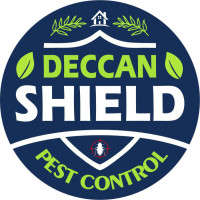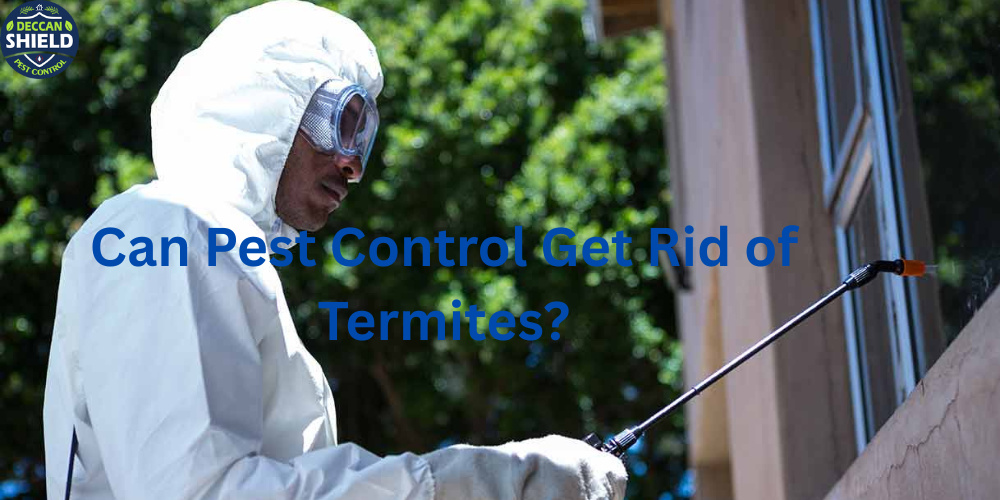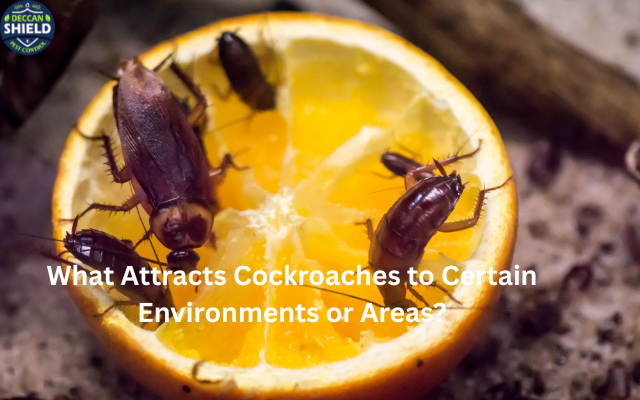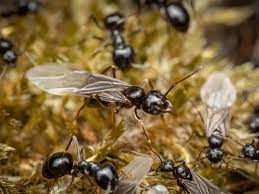What are Termites and Why are They Dangerous for Homes?
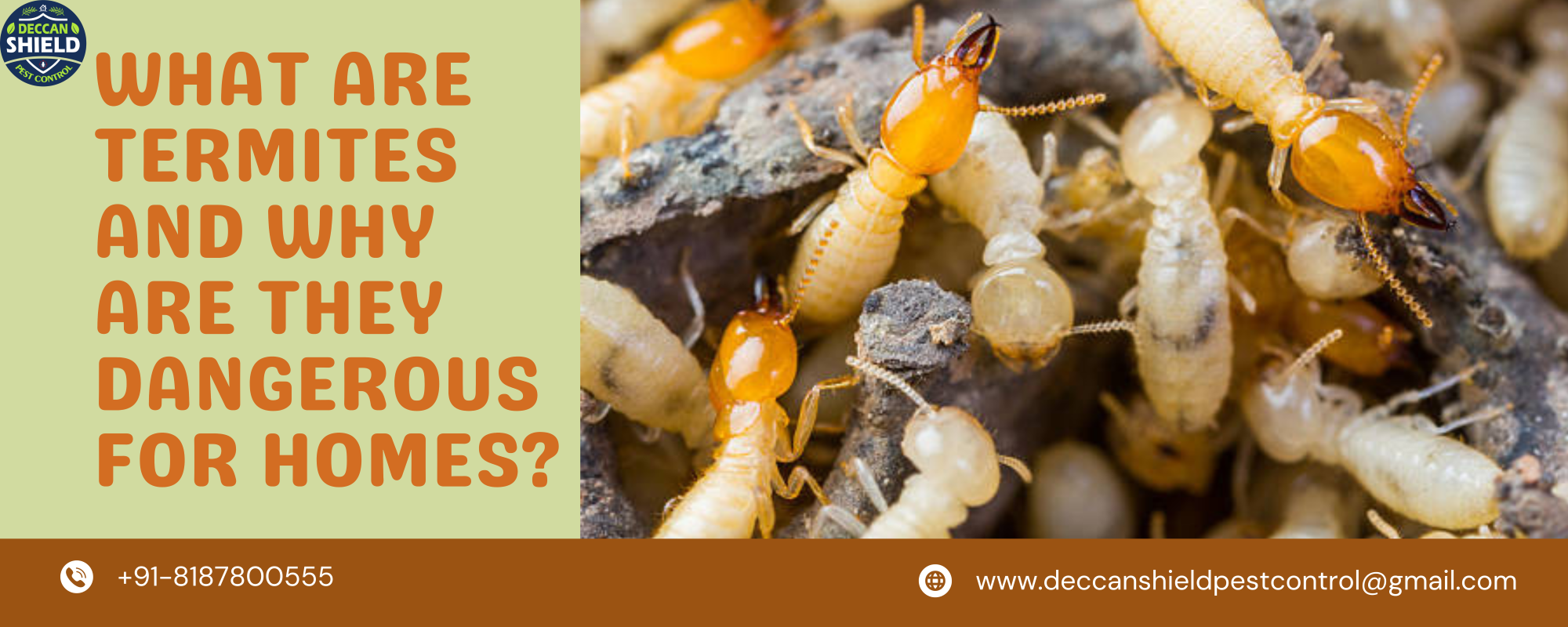
Strong 8k brings an ultra-HD IPTV experience to your living room and your pocket.
India's climate, especially in states with warm and humid conditions, provides the perfect breeding ground for termites. Despite their small size, termites can cause enormous damage to properties, often without being noticed until it's too late. For homeowners across the country, understanding what termites are and why they pose a threat is essential to protecting one's investment and peace of mind.
In this post, we’ll explore what termites are, how they operate, why they are dangerous for homes, and how you can prevent and treat infestations before they get out of hand.
What Are Termites?
Definition and Basic Characteristics
Termites are small, social insects that primarily feed on cellulose – the main component of wood and plant materials. They live in colonies that can range from a few hundred to millions, working together to build nests, forage for food, and reproduce.
Though often referred to as "white ants" due to their appearance, termites are not ants at all. They belong to a separate order called Blattodea, which they share with cockroaches. Unlike ants, termites have soft bodies, straight antennae, and broad waists.
Types of Termites Commonly Found in Indian Homes
India is home to several types of termites, but three major kinds cause the most damage in residential settings:
1. Subterranean Termites
These are the most common and destructive type in India. They live in the soil and build mud tunnels to reach food sources. They can infest buildings from the ground up and are particularly aggressive.
2. Drywood Termites
These termites do not require contact with soil and can live directly inside dry wood. They are commonly found in wooden furniture, cupboards, and wall panels.
3. Dampwood Termites
Less common but still dangerous, these termites prefer moist, decaying wood. They are usually found in areas with water leaks or high humidity, like basements and poorly ventilated areas.
The Lifecycle of a Termite Colony:
Understanding how termites grow and reproduce is important for identifying infestations and implementing effective control strategies.
Egg to Adult
Termites begin their life cycle as eggs laid by the queen. These eggs hatch into nymphs, which then differentiate into one of the colony castes: workers, soldiers, or reproductive termites (alates).
• Workers are responsible for building tunnels, feeding the colony, and damaging wood structures.
• Soldiers protect the colony from predators like ants.
• Alates are winged termites that swarm during the mating season to establish new colonies.
Swarming Season
In India, termite swarming usually happens during the early summer or post-monsoon season when humidity is high. Swarming is a major sign of an infestation, and seeing winged termites inside your home is a red flag that a colony is nearby.
Why Are Termites Dangerous for Homes?
Silent and Hidden Destruction
The most dangerous thing about termites is their ability to remain hidden while causing damage. Unlike pests that are visible and noisy, termites work silently from within walls, floors, and furniture. By the time you notice visible signs like hollow wood or mud tubes, significant structural damage may have already occurred.
Structural Damage to Homes
Termites feed on the cellulose in wood, which is a common material in homes – from beams and floorboards to door frames and furniture. Over time, this leads to:
• Weakened structural supports
• Sagging floors and ceilings
• Hollow or crumbling wooden furniture
• Cracks in walls due to wood shrinkage
Left untreated, termite infestations can make parts of a home unsafe or even uninhabitable.
Financial Burden
Repairing termite damage is often expensive, especially since homeowner insurance policies in India typically do not cover pest-related damage. Costs can run into lakhs of rupees if the infestation is widespread.
Damage to Personal Belongings:
Besides structural elements, termites also attack:
• Books and important paper documents
• Cardboard boxes
• Clothes made from plant-based fibres
• Wooden décor and antiques
For families that have heirlooms or valuable paper documents, this kind of damage can be emotionally devastating as well.
Common Signs of a Termite Infestation:
1. Mud Tubes on Walls or Foundations
Subterranean termites build mud tunnels to travel between their nest and food source. These tubes are usually found along walls, baseboards, or foundation slabs.
2. Hollow-Sounding Wood
If tapping on wooden furniture or walls produces a hollow sound, it may indicate termite activity beneath the surface.
3. Discarded Wings
After swarming, reproductive termites shed their wings. Finding piles of wings near windowsills or doorways is a clear sign of a recent swarm.
4. Frass (Termite Droppings)
Dry wood termites leave behind tiny, wood-coloured pellets. These droppings, known as frass, resemble sawdust and often accumulate near infested wood.
5. Warped Doors and Windows
As termites consume wood, the moisture they introduce can warp door frames and window sills, making them difficult to open or close.
Why Indian Homes Are Especially at Risk:
Climate Conditions
India's tropical and subtropical climate is ideal for termite survival and reproduction. High humidity levels, especially during monsoons, provide a conducive environment for infestations.
Use of Wood in Construction
Many Indian homes use wooden doors, windows, wardrobes, and ceiling frames. In older constructions, even structural beams are made of wood, making them prime targets for termites.
Lack of Preventive Treatments
While newer buildings may undergo pre-construction anti-termite treatment, many homes in India still skip regular inspections or treatments, making them vulnerable.
Prevention: How to Protect Your Home from Termites:
1. Pre-Construction Termite Treatment
This involves treating the soil during the construction phase with termiticides to create a chemical barrier. It’s one of the most effective ways to prevent future infestations.
2. Regular Inspections
Conducting a professional termite inspection once a year can help detect problems early. Pest control experts use moisture meters, infrared scanners, and experience to spot hidden infestations.
3. Reduce Moisture
Since termites thrive in moist environments, it’s important to:
• Fix plumbing leaks
• Ensure proper ventilation in crawl spaces and attics
• Use dehumidifiers if needed
4. Use Termite-Resistant Materials
Using materials like treated wood, metal, or cement board for construction and furniture can reduce the chances of infestation.
5. Keep Wood Away from Soil
Avoid direct contact between wooden structures and the ground. Use stone or metal barriers wherever possible.
Termite Treatment Options in India:
1. Liquid Termiticides:
Applied to soil or wood, these chemicals create a barrier that kills or repels termites. Commonly used during both pre- and post-construction phases.
2. Baiting Systems:
Bait stations with slow-acting toxins are placed in strategic areas. Termites feed on the bait and carry it back to the colony, eventually eliminating it.
3. Wood Treatments:
Special anti-termite solutions are directly applied to furniture or wooden fixtures to kill existing termites and prevent future infestations.
4. Fumigation (for severe infestations):
This is a more intensive treatment where an entire space is sealed and filled with gas to exterminate termites. This method is rarely used in residential settings in India but may be employed for warehouses or large commercial properties.
Why Professional Pest Control is a Must:
While there are DIY methods like boric acid or neem oil sprays, these are rarely effective for large or hidden infestations. Professional pest control companies have access to advanced products, tools, and expertise to ensure:
• Thorough inspection
• Safe and effective treatment
• Long-lasting protection
Hiring a certified pest control service ensures that the treatment complies with safety regulations and minimises risks to children, pets, and the environment.
Conclusion:
Termites are a silent but serious threat to Indian homes. They can remain undetected for months or even years while causing irreversible damage to furniture, walls, and structural components. Because India’s climate is especially conducive to termite activity, homeowners must remain vigilant.
Prevention, early detection, and timely professional treatment are the best ways to protect your property and avoid financial losses. If you suspect any signs of termite activity or simply want peace of mind, contact a trusted pest control service near you for a thorough inspection.
Don’t let termites eat away your home from the inside out – act before it’s too late.
Note: IndiBlogHub features both user-submitted and editorial content. We do not verify third-party contributions. Read our Disclaimer and Privacy Policyfor details.

